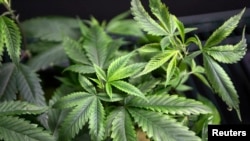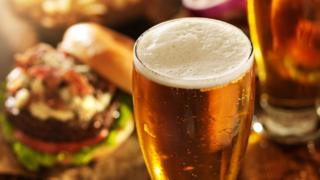- Banned
- #21
Why people drink alcohol and drugs, and destroy their health?
Beer, wine, and all alcohol drinks are very harmful for our health, destroy our main organs such as heart, liver, and lung and cause serious diseases. We must try our best to avoid the all drugs and alcohol.
Beer, wine, and all alcohol drinks are very harmful for our health, destroy our main organs such as heart, liver, and lung and cause serious diseases. We must try our best to avoid the all drugs and alcohol.
Last edited:




